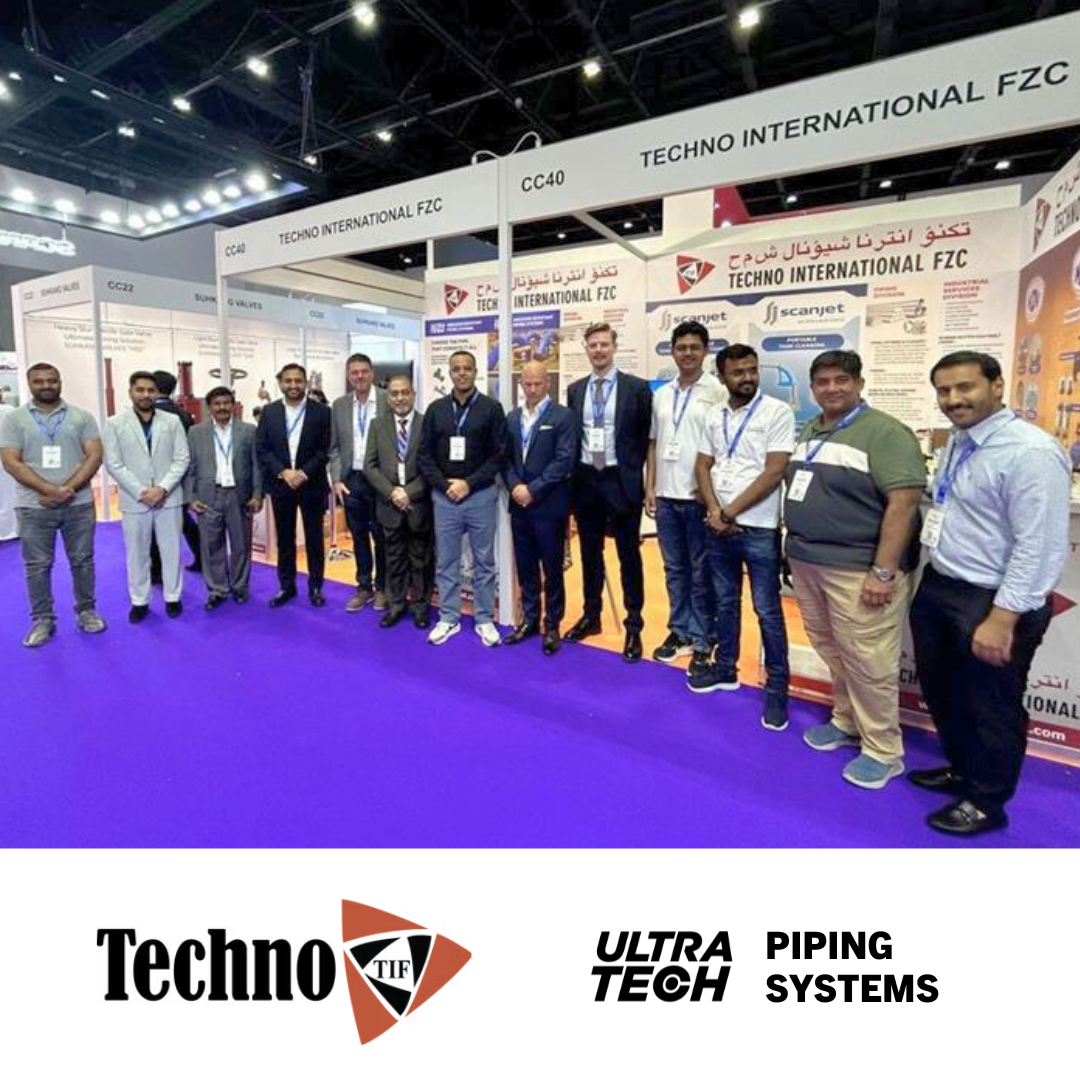Wood handling is one of the most abrasive steps in the pulp and paper-making process. The machinery involved in processing wood is subjected to intense wear and tear from the moment logs arrive to the final chipping stages; logs, bark, saw dust, and wood chips are incredibly abrasive materials. When running these materials through machinery at high volumes, crucial parts can degrade over time, leading to costly and time-consuming repairs. Equipment downtime must be minimized for optimal efficiency and profitability.
To help reduce costly wear and tear, many businesses in the pulp and paper industries have turned to abrasion resistant (AR) steel. By installing abrasion resistant steel in key areas, producers in the pulp and paper industry can drastically reduce abrasion, extend the life of their equipment and minimize downtime. This article explores how many mill operators have deployed Tricon’s Tri-Braze® and Super-C® steel components in the wood handling process.
The Wood Handling Process: An Overview
Wood handling begins the moment logs arrive at the mill. They are moved to the wood yard, where they are sorted, debarked, and chipped for further processing. At every stage of the handling process, the equipment experiences incredible amounts of abrasion and impact forces while processing large volumes of logs, bark, and other abrasive materials.
The Crane: Essential for Moving Logs
Cranes are a pivotal piece of equipment for getting logs into processing. Pulp and Paper mills rely on cranes to unload logs from trucks and move them onto the infeed decks for processing. The grapple tongs secure each log and do most of the heavy lifting. Grapples can be lined or rebuilt using Tri-Braze AR steel. This ensures they will need servicing less often than tongs using traditional steel.
Infeed Deck: The Starting Point of Wood Processing
The infeed deck is where wood processing truly begins. Workers load logs onto the infeed deck, which moves them to the next stage of processing through the use of a series of chains and sprockets. Logs carry dirt, gravel, or other debris when placed onto the infeed deck. This means that the infeed deck not only has to withstand abrasion from wood products but also other foreign debris. Our customers use Tricon’s Tri-Braze AR steel for chain decks, sprockets and other key sections of their infeed decks to reduce maintenance and downtime.
The Saw: Cutting Logs into Manageable Sections
Saws are key for cutting logs to size and are highly susceptible to wear and tear. To help our customers go longer between costly scheduled maintenance, we have engineered abrasion-resistant, steel saw guides and decking to withstand the harsh conditions created by log cutting.
Debarking Drums: Removing Bark and Reducing Wear
This pivotal piece of equipment removes bark from logs and endures an incredible amount of impact and abrasion. Tricon works with customers to reinforce areas that see the most amount of wear and tear, like bulkheads and drum surfaces, with Tri-Braze AR steel to dramatically extend the components’ expected lifespan.
The Sorter: Ensuring Proper Wood Segmentation
After logs are debarked, they are transferred to a machine known as “the sorter”. This piece of equipment divides logs into groups based on size and quality. Due to the roughness and weight of the material being handled, the sorter endures a high amount of impact and abrasive wear. We have worked with our customers to identify areas (spike rolls, flap gates and chutes) that experience the most abrasion, and reinforce them with steel engineered to withstand impact and abrasion. With proper installation of AR steel like Tri-Braze, mills can greatly extend the amount of time between sorter component replacements.
The Chipper: Abrasion-Resistant Solutions for High-Wear Areas
Chipping the logs creates a high velocity impact and abrasive environment. Some of the most high abrasion and high impact areas within the chipper are the chipper hoods, inlets/outlets, and surge bins. These are all areas well suited for replacement with our proprietary Chromium Carbide Overlay plate, Super-C, to reduce wear and tear for our customers.
The Silo: Handling and Storing Wood Chips
After processing in the chipper, wood chips are stored in silos. Parts like screw conveyors and turntables can very easily wear down over time, making them ideal for abrasion resistant steel. Pneumatic systems used to convey wood chips are exposed to repetitive wear and impact. Our Ultra Tech Abrasion Resistant piping systems are ideal for these systems. Bends, wyes and reducers can be fabricated from Ultra Tech 600 steels to dramatically improve pneumatic system reliability. By reducing abrasion-related wear on these components, Tricon customers enjoy extended periods of uptime, allowing them to process more wood each year.
Partner With Tricon Wear Solutions
Abrasion resistant steel components are key parts of any successful pulp and paper mill. These specialty components help businesses keep their equipment running, while simultaneously reducing employee exposure to hazardous repairs or failures.
Tricon customers have been trusting us to help them protect their most important and valuable pieces of equipment for decades. Our proprietary plate technologies, Tri-Braze and Super-C, coupled with expertly engineered solutions, enable operators in the wood and paper mill industries to optimize their efficiency and profitability.



